5. China’s share of global crude steel output surges to 58%
In the context of steel output declines among most of the other countries in the world because of the COVID-19, China’s share of global crude steel output, rose to 57.5% over January-November of 2020, as against the 53.3% for the whole year of 2019, according to World Steel Association (WSA) data.
China’s crude steel production had recorded on-year growths for every month since April, and over January-November, China produced 961 million tonnes of crude steel, up 5.5% on year, while total output worldwide decreased by 1.3% on year to 1.7 billion tonnes, and the output from the other countries and regions excluding China fell 9.2% on year, according to WSA’s statistics for 64 countries and regions.
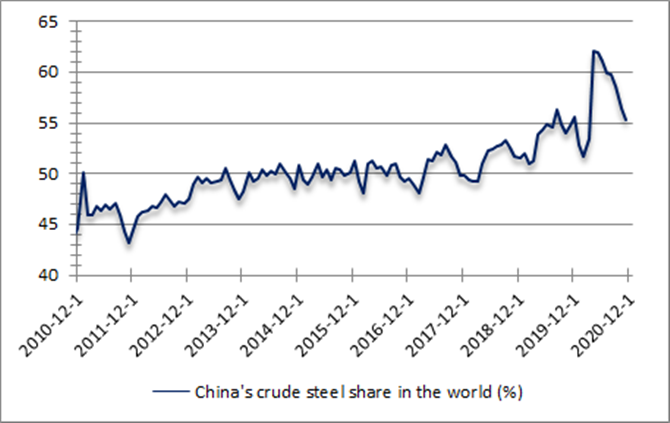
6. Six mills meet China’s ‘ultra-low’ emission standards
Towards the end of 2020, China’s six major integrated mills were recognized by CISA as the first batch to have met the country’s tough new ‘ultra-low’ emission standards finalized in April 2019, which have been China’s part of efforts to relieve air pollution from the steelmaking sector.
The standards cap emission levels of hazardous air pollutants such as particulate matter, sulfur dioxide and nitrogen oxide in steelmaking and set out the requirements in raw materials stock-ups and transportation.
The six mills are Shougang Qian’an Iron & Steel Co, Shougang Jingtang United Iron & Steel Co, Delong Steel and Xinxing Ductile Iron Pipes Co (Xinxing Ductile) in North China’s Hebei province, Taiyuan Iron & Steel Co in North China’s Shanxi province and Rizhao steelworks of Shandong Iron & Steel Group in East China’s Shandong province.
By the end of 2020, 60% of mills in environmentally sensitive areas – namely North China’s Beijing-Tianjin-Hebei region, the Yangtze River Delta, Pearl River Delta and the Fenwei Plain – were requested to meet the ultra-low standards, and by 2025, all steelmakers in the above key areas are required to meet the standards while the other areas should have their 80% of their local steel mills to conform to the requirements.
This will be crucial for Beijing to deliver its commitment to hit the carbon emission peak by 2030 and to realize carbon neutrality by 2060, as the steel industry contributes to over 15% of China’s annual carbon emissions.
7. China issues revised steel ‘capacity swap’ guidance draft
In December 2020, China’s Ministry of Industry and Information Technology (MIIT) released a draft version of the “capacity swap” scheme for the domestic steel industry, and the long-awaited document has been viewed as the new code of conduct to shape the country’s steel industry in the future.
The updated version states that the old-for-new steel capacity swap ratio for areas that are susceptible to atmospheric pollution has been raised to 1.5:1 from 1.25:1 and that in the other areas lifted to 1.25:1 from 1:1, which is to help to slim the country’s steelmaking capacity and at the same time to promote environmentally-friendly steel production and industry integration via mergers and acquisitions.
On the other hand, the ratio for more eco-friendly steel production technologies such as electric arc furnace, Corex, Finex and HIsmelt-based steelmaking instead of blast furnace-based steelmaking will remain at 1:1.
8. Policy boosts China’s auto sales, trucks and NEVs stand out
Over January-November 2020, China’s domestic auto sales totaled 22.5 million units, or down merely 2.9% on year, with the on-year decline having narrowed substantially from 42.4% annual slump in the first quarter, as the country’s automobile industry posted on-year rises in monthly sales for eight straight months since April, thanks to the strong backup of the series supportive policies from both the central and local authorities.
Among the total, the sales of new-energy vehicles (NEVs) saw the first on-year rise for 2020 in July, and the growth picked up the pace in the following months with the November result doubling from last year, and as a result, NEVs sales over the first eleven months of 2020 rose by 3.9% on year to 1.1 million units.
NEVs have benefited from China’s decision to prolonged the subsidization and the purchase-tax exemption by another two years until 2022, and some local authorities had also initiated other measures including the promotion of such car model sales in rural areas.
On the other hand, China’s domestic trucks sales increased by 23.7% on year to 4.3 million units over January-November, which was mainly due to Beijing’s decision to remove 1 million units of diesel-fueled trucks that had failed to meet National Emission Stage III standards for their exhausts from the road in some environmentally sensitive regions by the end of 2020 as part of the “Blue Sky Safeguard” plan.
9. China’s steel stocks return “normal” on demand
By late December, China’s finished steel stocks both at the domestic mills and traders had emptied to pre-pandemic “normal” levels as the demand from the end-users had been steadily recovering since April, partially due to Beijing’s series of efforts to rescue the domestic economy from the hit by the pandemic.
Mysteel’s daily survey among the 237 trading houses across China showed that their daily trading volume of construction steel comprising rebar, wire rod and bar-in-coil averaged 199,963 tonnes/day in 2020, or up 16,211 t/d or 8.8% on year.
As of December 23, stocks of five major finished steel products at China’s 184 steel mills slipped to 4.8 million tonnes, or just higher by 5.7% on year, and the volume at the traders in the 35 Chinese cities had dropped for eleven straight weeks to 8.3 million tonnes as of December 24, or up just 7.2% on year.
The five products comprise rebar, wire rod, hot-rolled coil, cold-rolled coil and medium plate.

10. China’s steel prices to new highs in December on robust overseas demand
China’s prices of the Q235 4.75mm HRC soared by Yuan 886/t on month or Yuan 1,115/t on year to Yuan 4,994/t including the 13% VAT as of December 22, or a new high since Mysteel started the assessment in July 2010, which was rather surprising as December is usually an off season for steel demand in China.
For 2020, the pandemic-struck year, better demand from domestic end-users and the pressure from the higher raw material costs had been only been part of the reason, and the other part lied in the exceptionally robust steel demand in the overseas market and the price surges worldwide including steel, scrap, and iron ore.
For December alone, for example, China’s export price of SS400 4.75mm HRC had surged by $111/t from late November to $680/t FOB in North China’s Tianjin port, according to Mysteel’s assessment, while the HRC prices in the U.S. were reported to have exceeded $1,000/t.
Source:My Steel
The opinions expressed herein are the author's and not necessarily those of The Xinde Marine News.
Please Contact Us at:
media@xindemarine.com

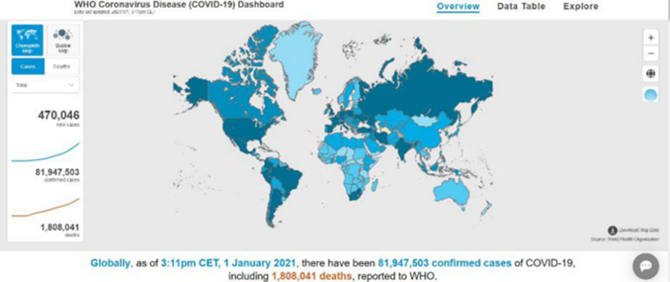

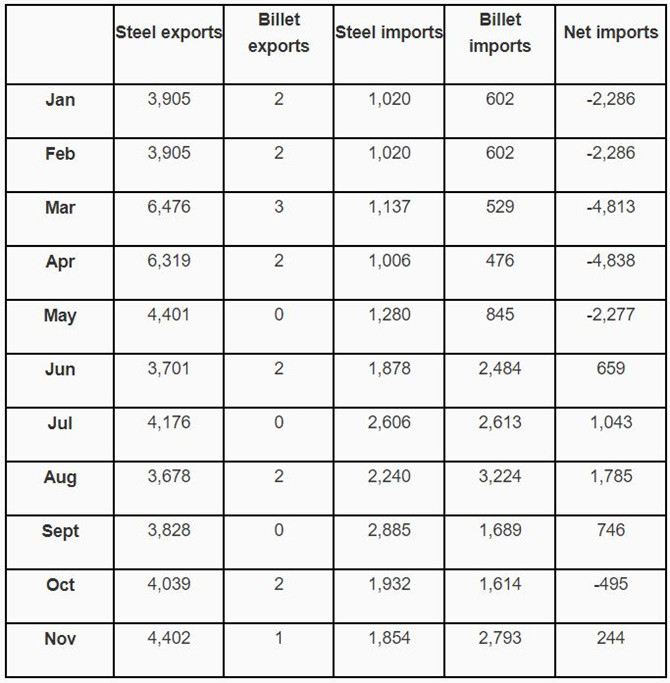


 PIL launches Academy to strengthen workforce compet
PIL launches Academy to strengthen workforce compet  Coal shipments to advanced economies down 17% so fa
Coal shipments to advanced economies down 17% so fa 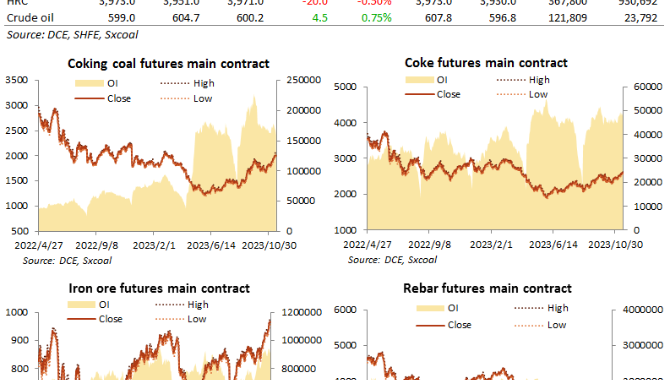 China futures market updates at close (Nov 14)
China futures market updates at close (Nov 14) 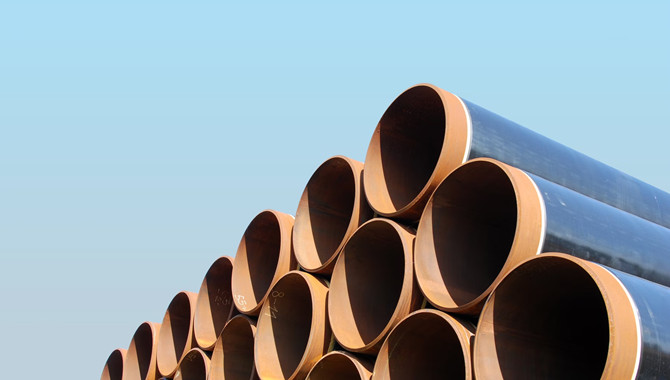 CISA: China's daily crude steel output down 5.7% in
CISA: China's daily crude steel output down 5.7% in 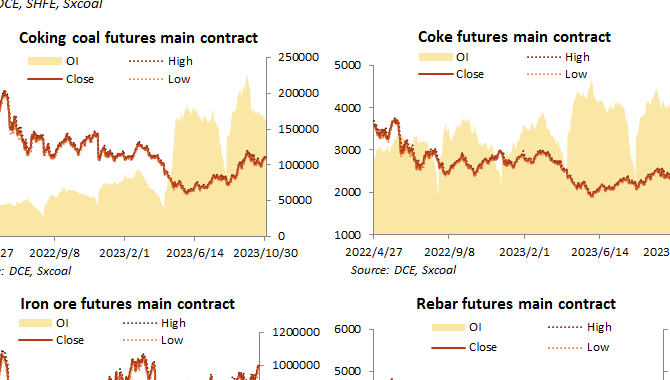 China futures market updates at close (Oct 31)
China futures market updates at close (Oct 31) 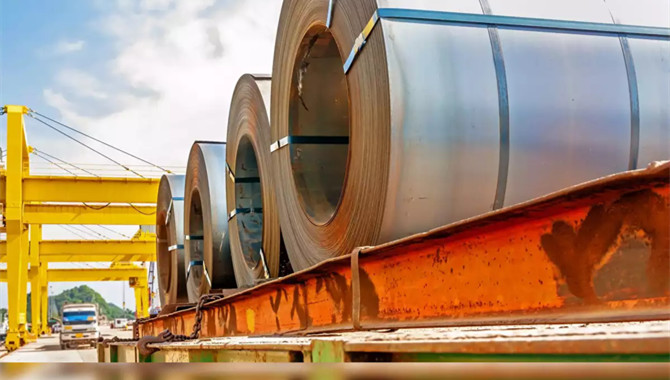 CISA: China's daily crude steel output down 1.2% in
CISA: China's daily crude steel output down 1.2% in